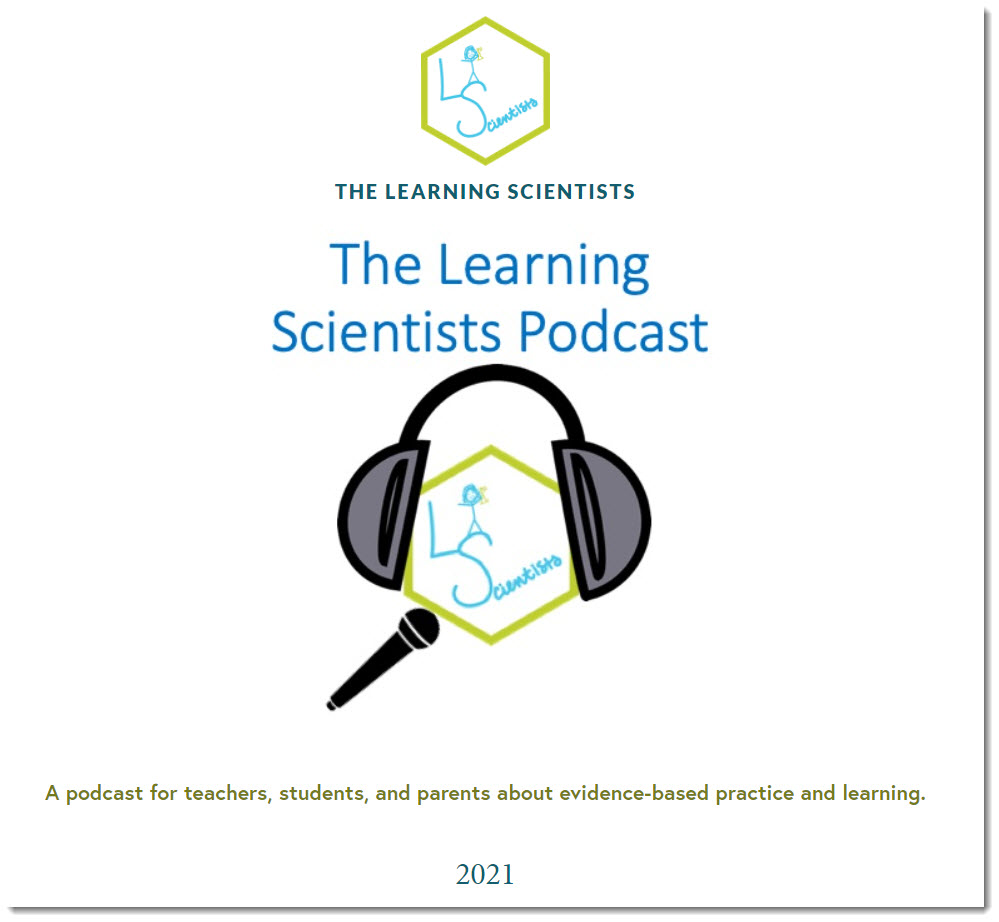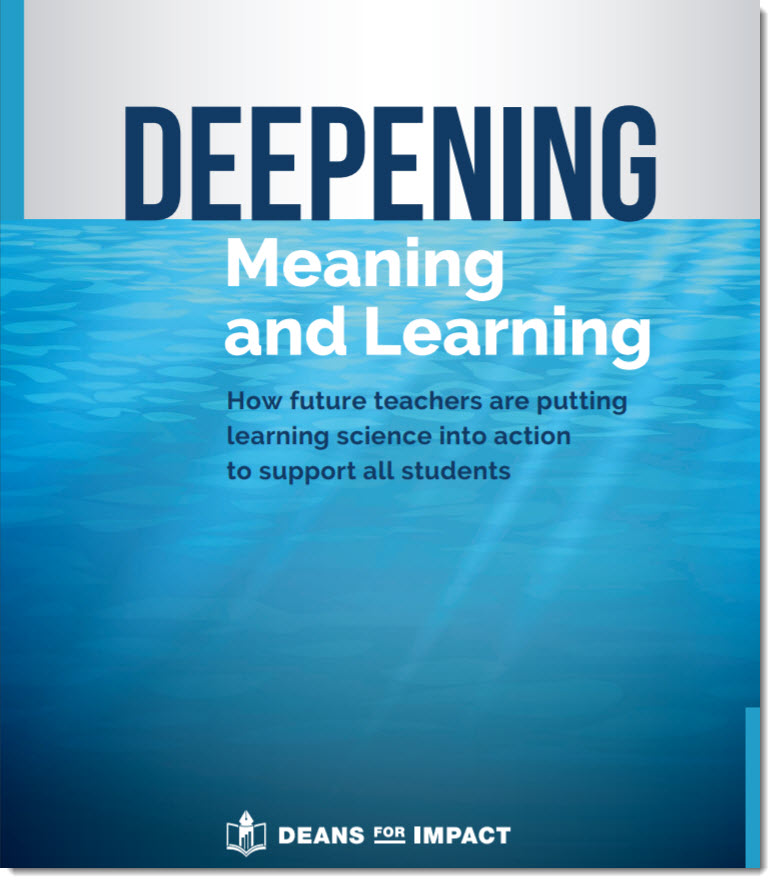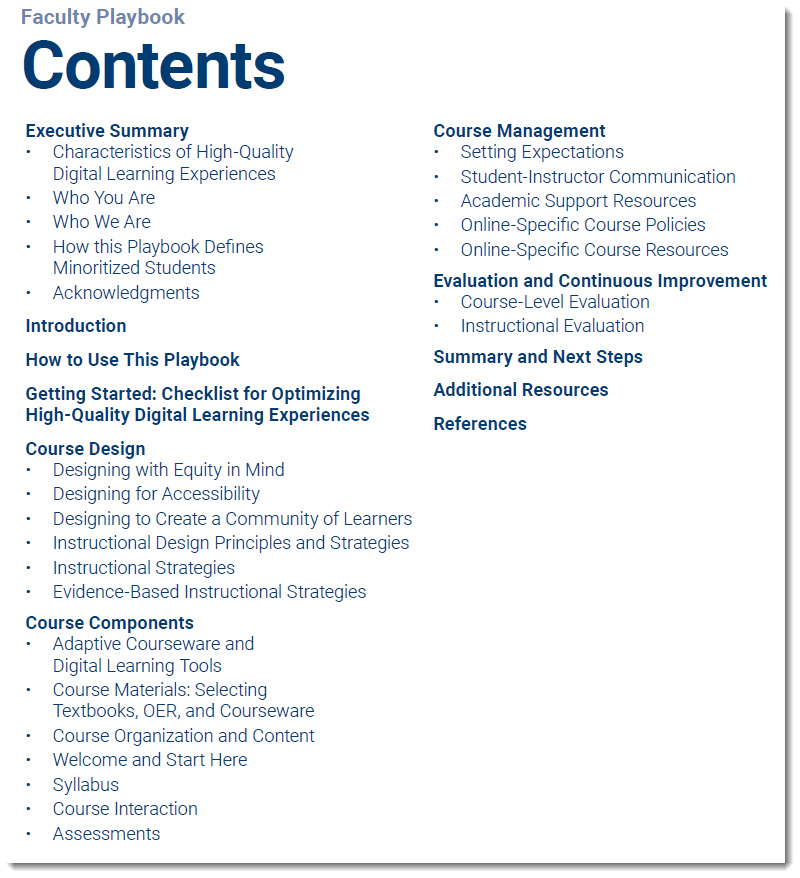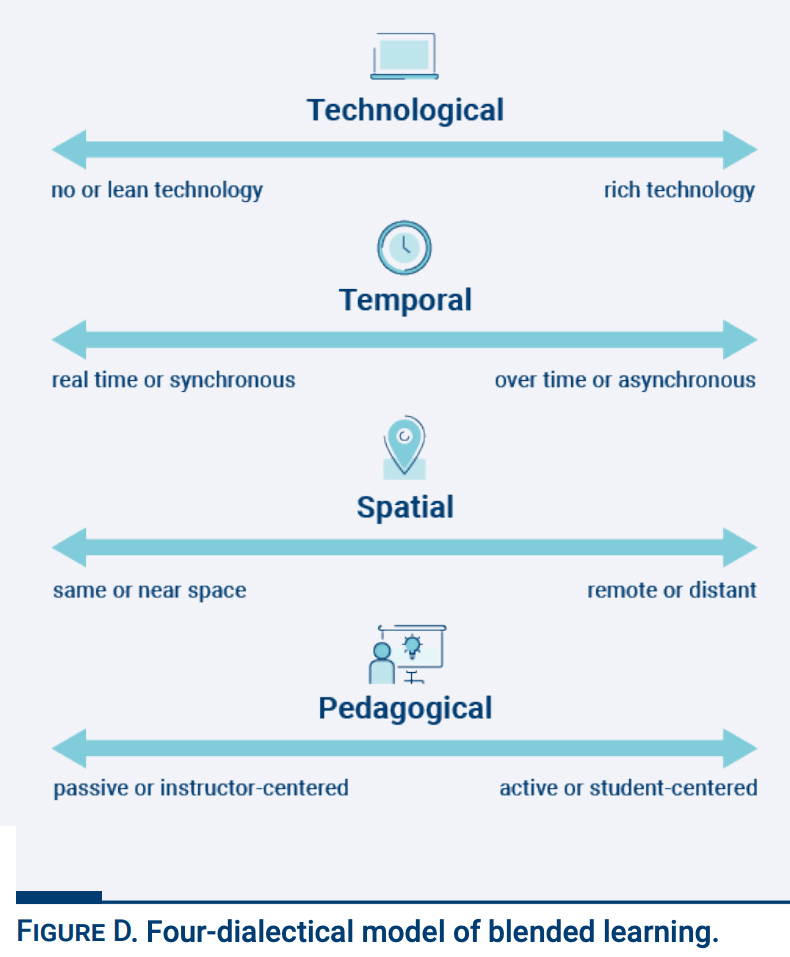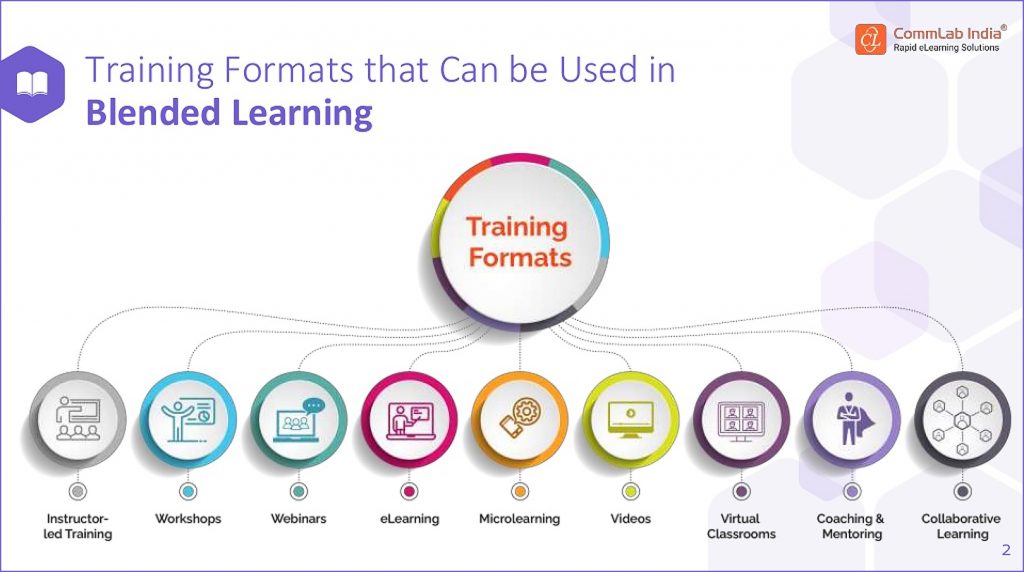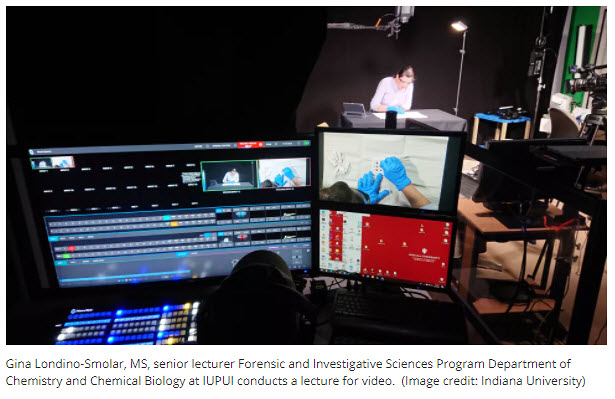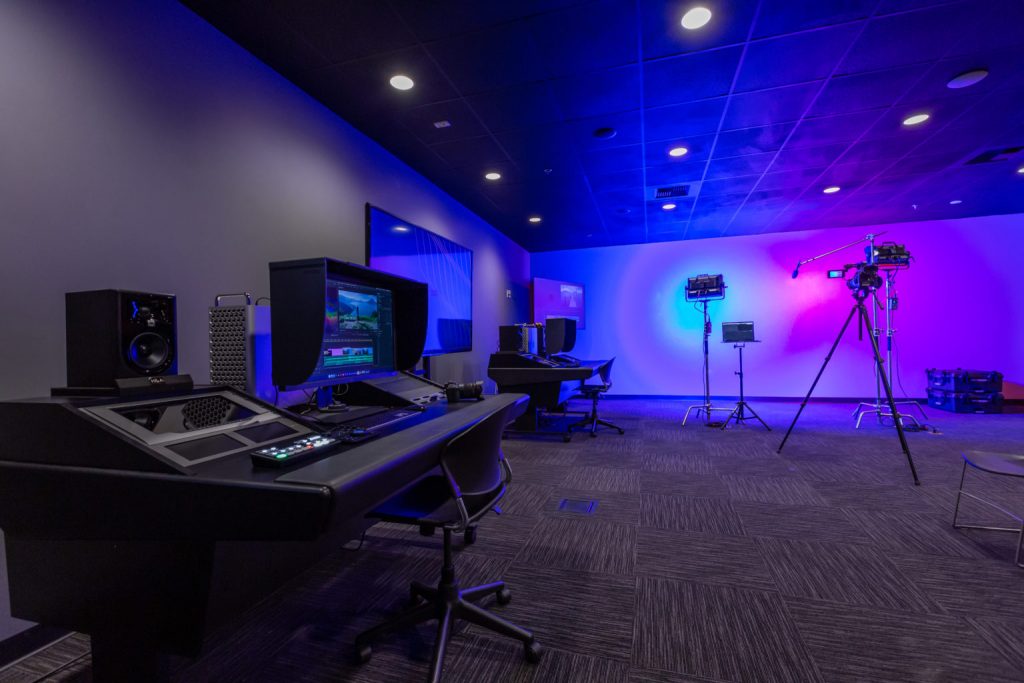The State of Student Success & Engagement in Higher Education — from instructure.com (authors of the Canvas LMS)
Our 2021 Global Student engagement and success study uncovers vital stats and key trends to help education institutions thrive through today’s education challenges.
Excerpt:
- Connect students with alumni and potential employers through virtual networking, internships/externships, mentorship programs, and strategic partnerships.
- Align curriculum with workforce outcomes and offer opportunities for students to showcase skill sets.
- Close the perceived awareness gap of work/career readiness programs on campus with alumni programming highlighting the success of campus career resources.
- Embed career exploration throughout the higher education experience and provide actionable insights into employment trends.










